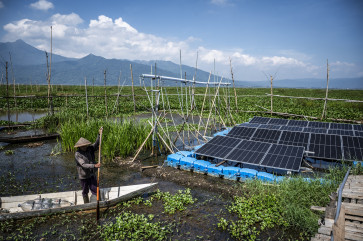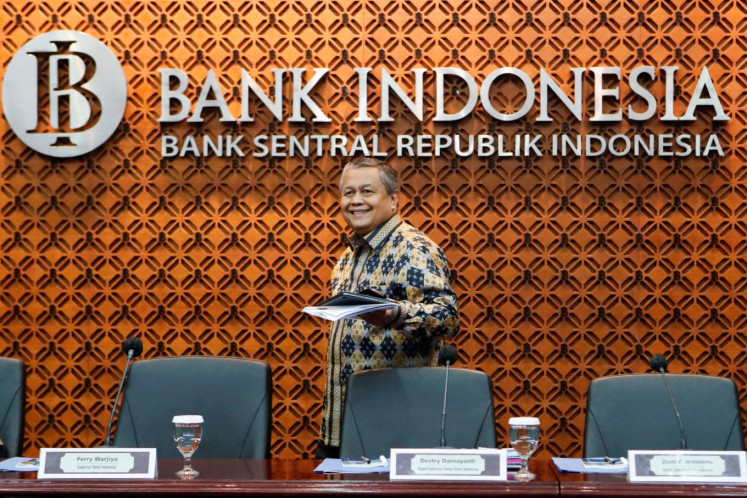Popular Reads
Top Results
Can't find what you're looking for?
View all search resultsPopular Reads
Top Results
Can't find what you're looking for?
View all search resultsInnovation, not mandates, will shape our climate future
World leaders need to focus on technological innovations that will help pull developing countries out of the massive amount of carbon they emit, away from costly investments prioritizing carbon reductions by rich countries, which contribute just 13 percent of global emissions.
Change text size
Gift Premium Articles
to Anyone
A
s the COP30 climate conference wraps up in Brazil's Amazonian hub of Belém, activists are dispersing after two weeks of rainforest photo ops, protest disruptions and impassioned speeches on slashing carbon emissions. But participants sidestepped the stark reality: The actions of Western nations hold diminishing sway over the trajectory of global warming.
For decades now, Western governments, especially in Europe, prioritized carbon cuts over higher economic growth, spending trillions of dollars to convince consumers to adopt electric cars and accept more expensive, less reliable wind and solar power. All these expensive efforts are barely making a dent.
The global decarbonization rate, measured as carbon dioxide (CO2) emissions over GDP, has remained roughly constant since the 1960s, with no change after the 2015 Paris Agreement. Global emissions have skyrocketed, reaching a new record high in 2024. Despite this, climate campaigners are unrealistically demanding that the world quadruple its decarbonization rate.
Why are emissions still increasing when the European Union and the United States spent more than US$700 billion in 2024 on green investments like solar panels, wind turbines, batteries, hydrogen, electric cars and power grids? Because rich world emissions matter very little for climate change in the 21st century.
While the West dominated emissions in previous centuries, the vast amount of future emissions will come from China, India, Africa, Brazil, Indonesia and many other countries clambering out of poverty. One recent scenario shows that with current policies, just 13 percent of CO2 emissions over the rest of this century will come from the mostly rich, Western countries of the OECD.
The West’s pledge of achieving net zero by 2050 will cost hundreds of trillions of dollars and do little. Most likely, the policy will simply shift more energy-intensive production to the rest of the world with little overall impact on emissions, just as we have seen electric car battery manufacturing shift to China’s coal-powered economy.
If rich countries try to fix this problem with carbon border taxes, the costs will escalate further for both rich and poor countries while robbing the poor of the opportunity for export-driven growth.



















